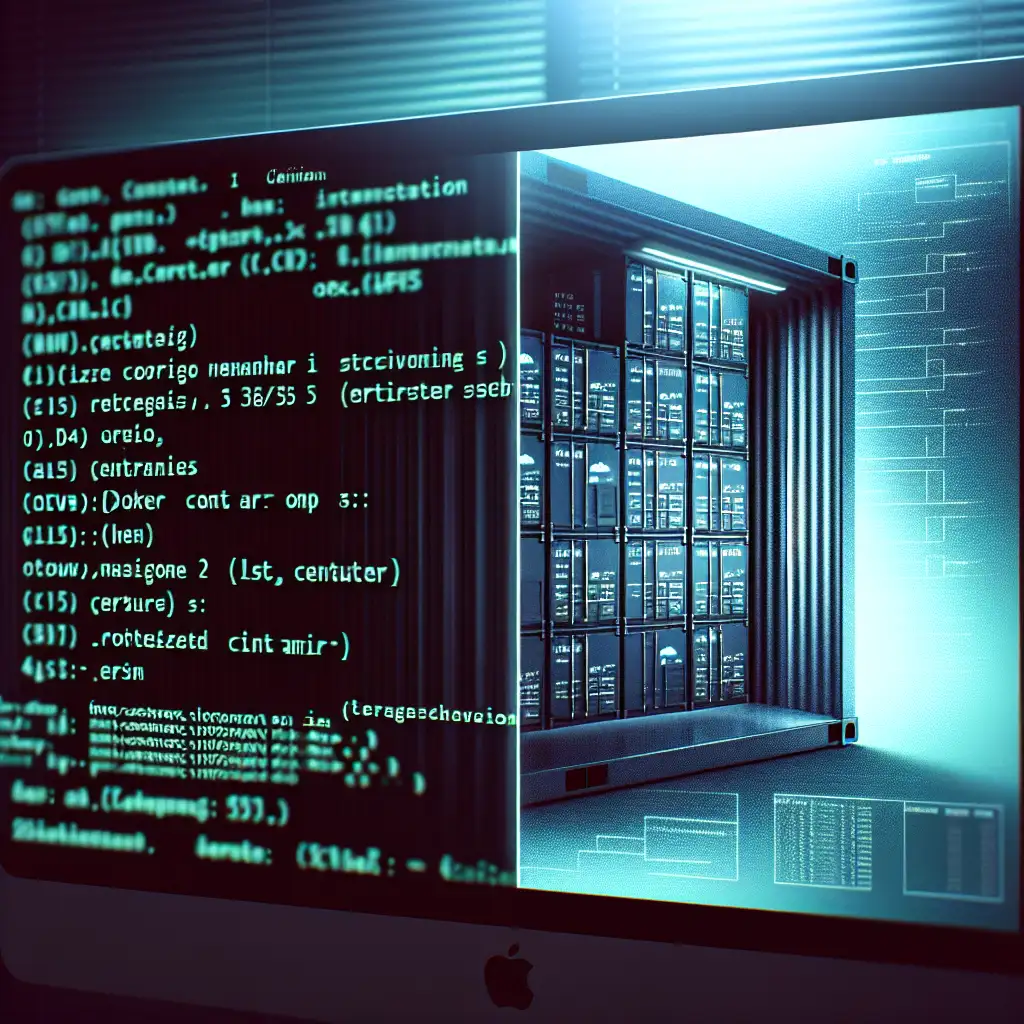Mastering Interactive Bash Sessions in Docker: Seamlessly Transitioning from Host to Container
Forget complex orchestration tools—sometimes the simplest method to troubleshoot or develop inside your container is a straightforward bash session. Here’s why mastering this direct approach overcomplicates your Docker workflow less and powers up your hands-on container management skills.
Why Interactive Bash Sessions in Docker?
If you’ve ever worked with Docker, you know how powerful containerization is for isolating environments and managing dependencies. But when it comes to debugging, tweaking configurations, or running quick tests inside a running container, jumping directly into a bash session can save you valuable time and headaches.
Interactive bash sessions give you full control of the containerized environment without setting up complicated remote shells or recreating containers. It’s a hands-on way to:
- Inspect logs or configuration files
- Modify files on the fly
- Run commands as if you’re on a dedicated machine
- Explore installed packages/dependencies
Getting Started: The Basics of docker exec
The simplest way to open an interactive shell inside a running Docker container is with the docker exec command:
docker exec -it <container_name_or_id> bash
-ikeeps STDIN open so you can type commands.-tallocates a pseudo-TTY, making the session behave like a real terminal.<container_name_or_id>specifies which container you want to access.bashis the shell you want to start (some containers might useshinstead).
Example:
-
List all running containers:
docker ps -
Attach to a specific container's bash shell:
docker exec -it my_web_app_container bash
Now you’ll be dropped into the container’s bash prompt like this:
root@<container_id>:/app#
From here, you can run any command as if logged into that container's environment.
What if Bash Is Not Installed?
Some minimalist images (like Alpine Linux) don’t come with bash by default. If running the above returns an error like:
oci runtime error: exec: "bash": executable file not found in $PATH
Use the default shell /bin/sh instead:
docker exec -it <container_name_or_id> sh
Or install bash inside the container (if needed):
apt-get update && apt-get install -y bash # Debian/Ubuntu-based containers
Starting a New Container with Interactive Bash
Sometimes you want to quickly spin up a new container instance just for debugging with an interactive terminal. Use docker run with the appropriate flags:
docker run -it --rm ubuntu bash
This command does several things:
- Launches an Ubuntu container (
ubuntu) - Opens an interactive terminal (
-it) - Starts
bash - Removes the container when you exit (
--rm, keeping your environment clean)
Best Practices for Interactive Bash Sessions in Docker
Here are some tips for smooth transitions from host into your containers:
1. Use Consistent Naming or Container IDs
It’s easier to remember meaningful names rather than random IDs:
docker rename <old_container_id> my_app_debug_container
docker exec -it my_app_debug_container bash
2. Use Aliases for Faster Access
Speed things up by adding handy aliases in your .bashrc / .zshrc on your host machine:
alias dsh='docker exec -it $(docker ps -q --filter "name=my_app_debug_container") bash'
Now just run dsh to jump right into your target container shell.
3. Manage Permissions Carefully
If your host user differs from the container user (often root), be aware of permission issues when editing mounted volumes from within the container.
You can adjust user settings when starting containers using flags like --user.
Real World Use Case: Debugging an Application Inside Container
Imagine your Node.js app is acting strange inside its Docker environment. You could quickly jump inside and inspect logs or packages.
-
Connect via bash:
docker exec -it nodejs_app_container bash -
Check log files located inside
/usr/src/app/logs/app.log:cat /usr/src/app/logs/app.log | tail -n 20 -
Run package manager commands like npm:
npm list --depth=0 -
Edit config files using editors installed in the image (
vi,nano, or configure your image accordingly).
This rapid access helps isolate issues that might not be obvious from outside.
Exiting Your Interactive Session Safely
When done troubleshooting, type:
exit
This cleanly closes your interactive session and returns control back to your host shell without stopping the running Docker container.
Avoid using Ctrl+C unless you know it won’t stop important processes inside your session.
Summary
Mastering direct interactive bash sessions within Docker containers empowers developers, sysadmins, and devops engineers alike to debug faster, iterate quicker, and manage their environments more fluidly without reliance on heavyweight tools.
Whether jumping into existing running containers using docker exec, or launching new ones for quick tasks via docker run -it, these techniques form fundamental building blocks for effective hands-on Docker workflows.
Start practicing these simple but powerful commands today—your future self will thank you next time troubleshooting hits!
Happy Dockering,
Your Friendly Container Wrangler
